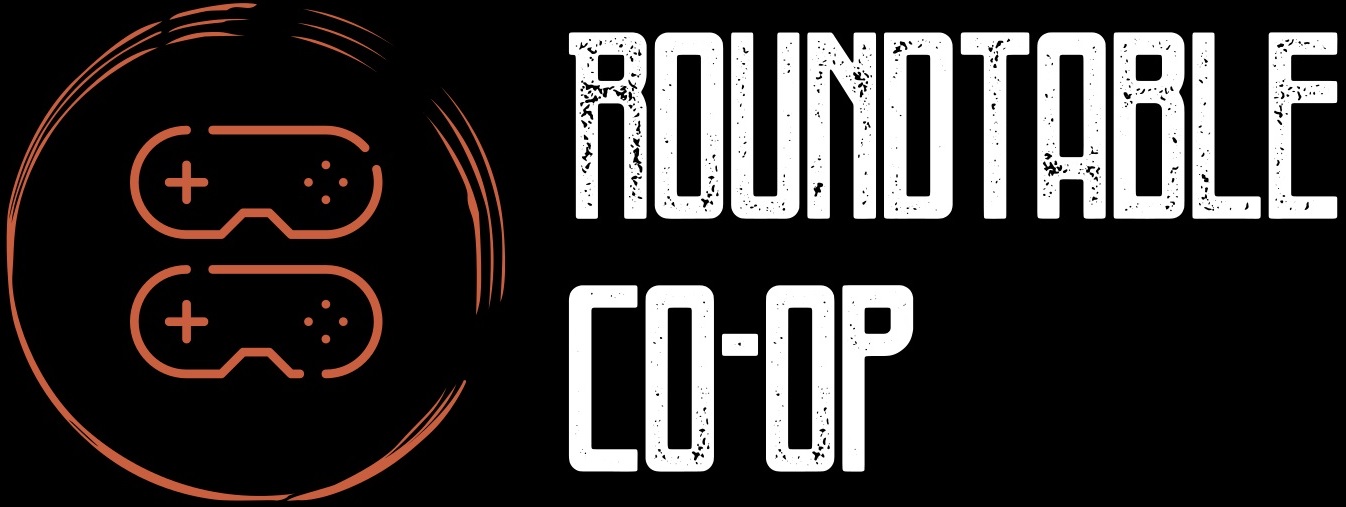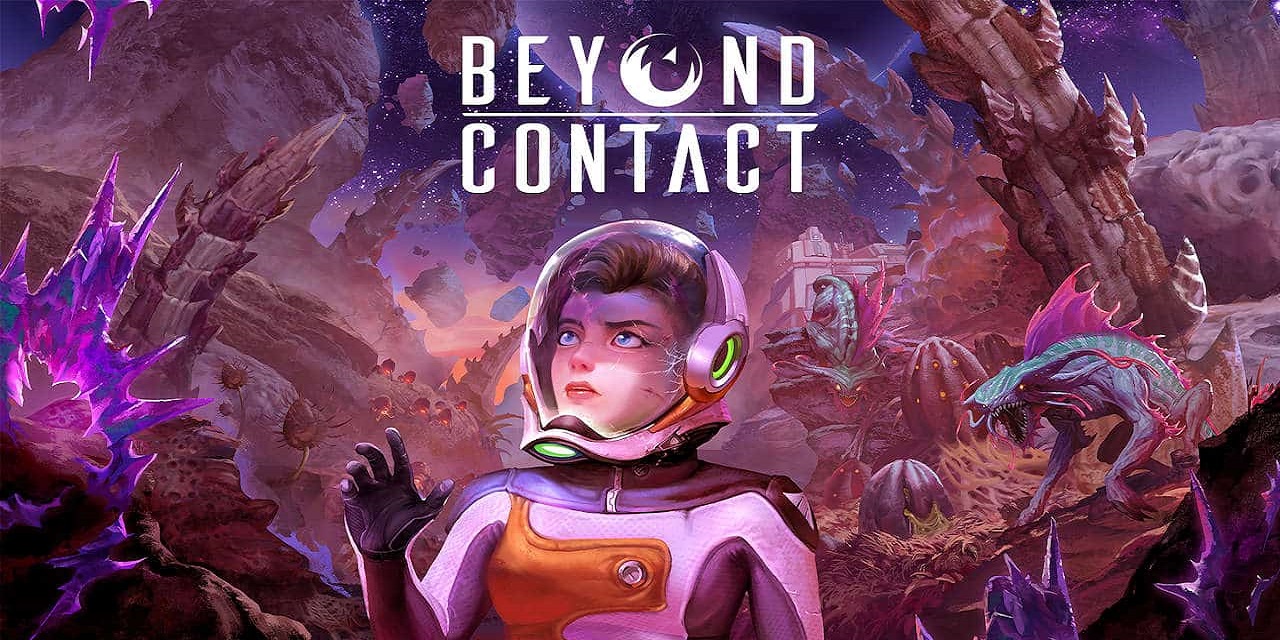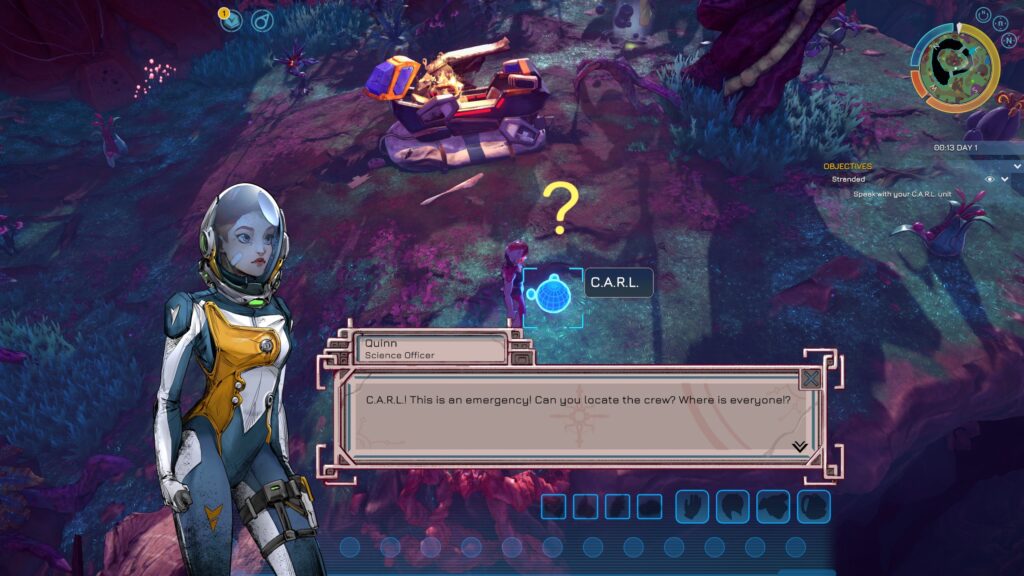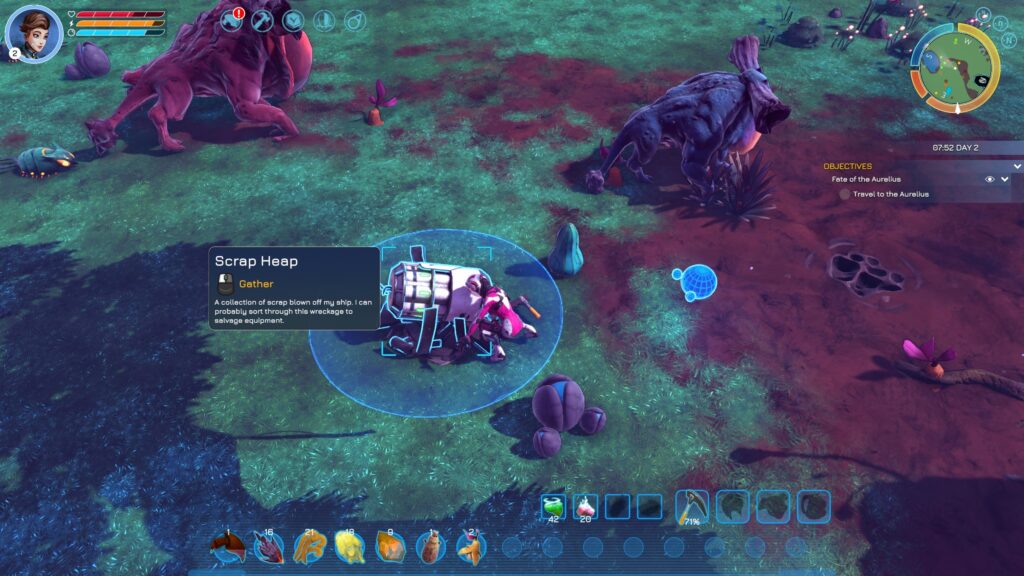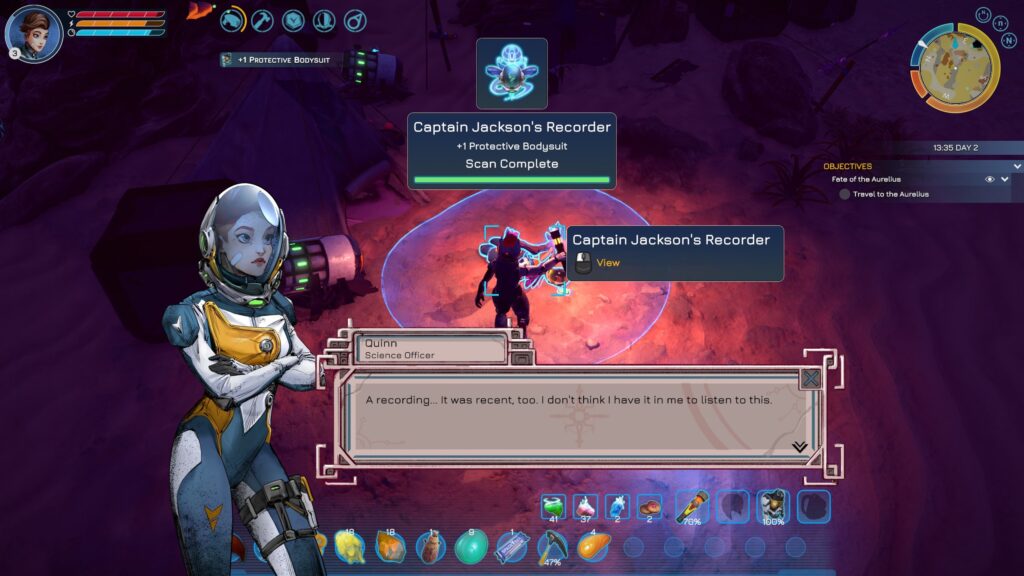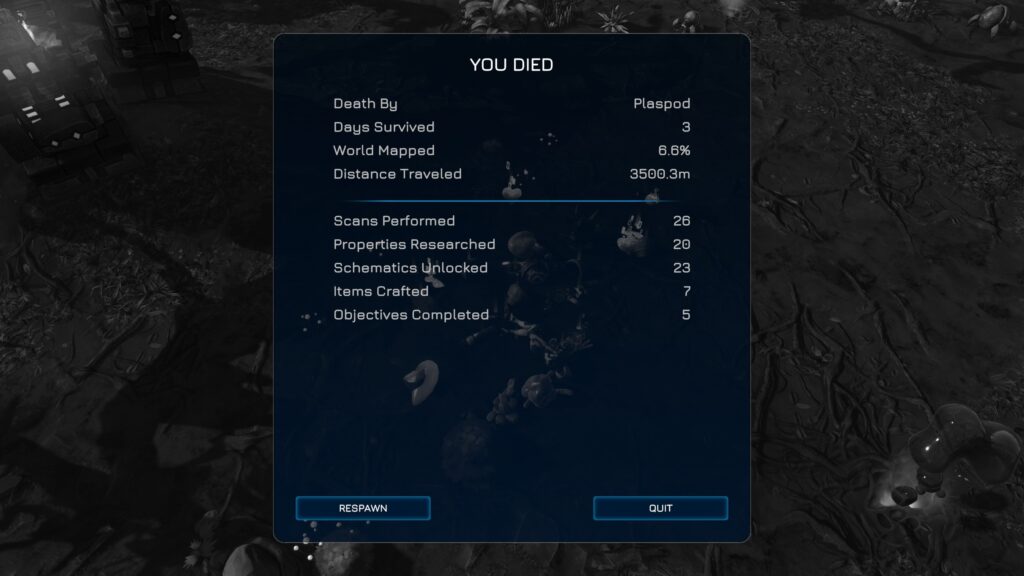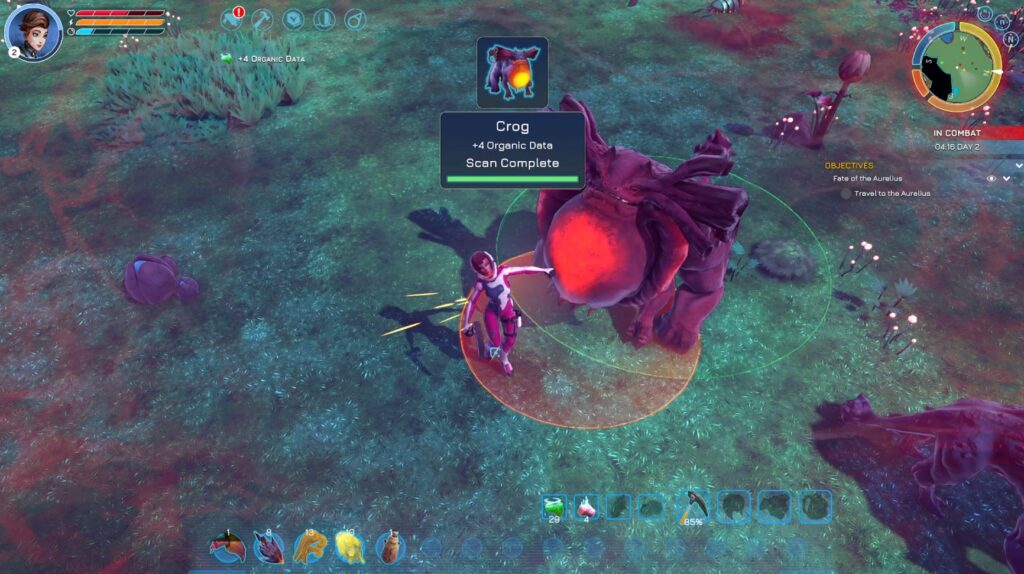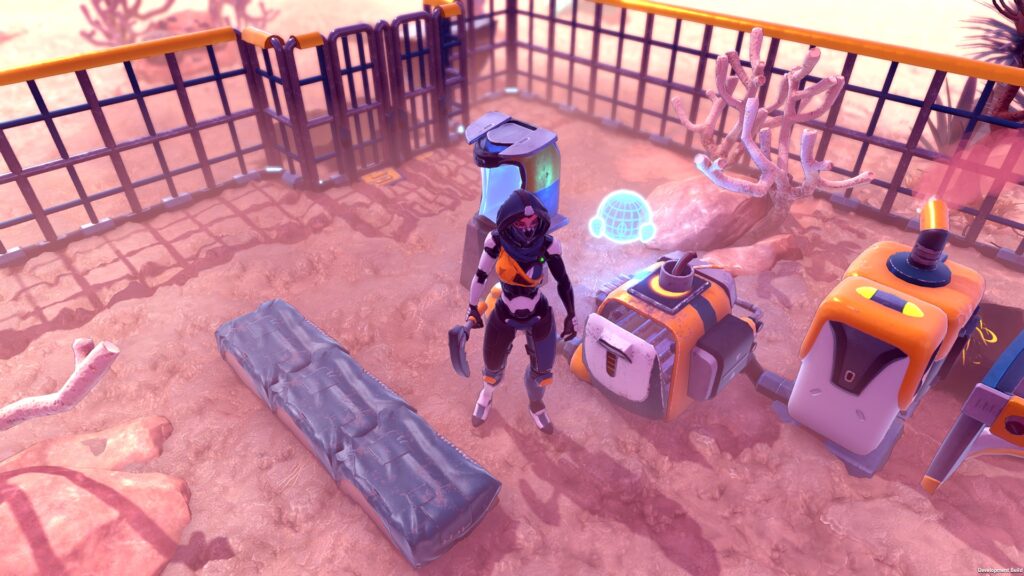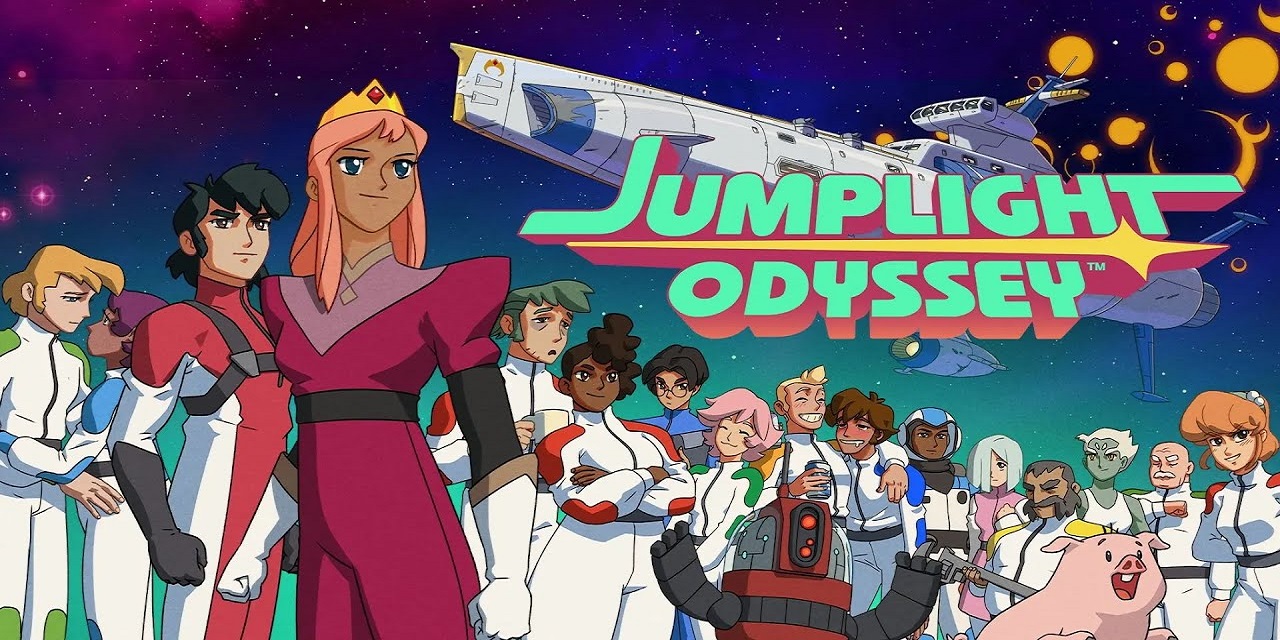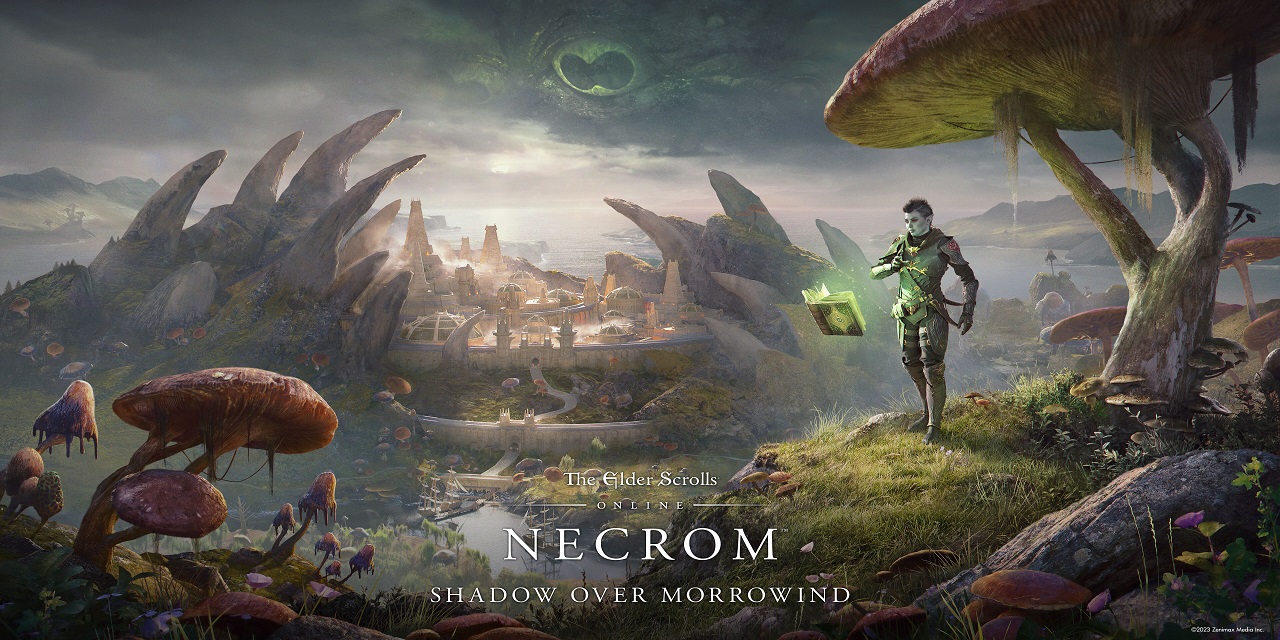Beyond Contact is an isometric sci-fi survival game developed by Melbourne-based Playcorp Studios and published by Deep Silver. It has been on Steam early access since September 2021 and now has reached version 1.0 on April 4, 2023. The art style is fantastic and gameplay easy to learn as you find yourself on a desolate alien planet. It’s great to see this calibre of game produced by Australian developers and it felt like playing an isometric version of No Man’s Sky on a smaller scale.
This full version of the game features a fully voice acted story campaign mode as well as a more free-form conquest mode. Story mode immerses players in an epic journey of exploration and discovery where you fight to save an entire civilisation and planet from annihilation. Conquest mode offers endless gameplay, huge base-building opportunities, and epic battles against the formidable Corrupted hordes. The game can be played single player or online co-op with 2-4 players where each player can use a character with unique abilities, skills, and tools.
It is the year 2766, Quinn Hicks is an elite member of Space Corps, the expeditionary arm of the UWC. Her team is called in to respond to a growing crisis at the edge of known space. The planet of Ketern is breaking apart and an unknown energy source is emanating from the planet’s interior, and this is threatening the civilization that calls Ketern home. Your team’s ship gets caught in the planet’s magnetic field and you crash-land onto the planet’s surface. As you play the game you will earn credits and these can be used to purchase different playable characters, but we start the game as Quinn.
After waking up outside your wrecked escape pod, we get some help from an AI companion called C.A.R.L. which stands for Cerebral Augmented Reality Liaison. He scans the area for your ship, the Aurelius and while doing so, offers you the games tutorial which I took. Here we are taught we can scan anything we run up to with the right mouse button, whether it be the escape pod, plants, fauna and many other objects we come across. Scanning plants gives you organic data, rocks give mineral data, crystal structures give crystal data, all of which is required for researching new technologies. We pick up items using left mouse button, but it’s much more efficient and faster to press ‘F’ to use and collect.
Different plants will also provide materials like seeds that can be eaten or used for crafting. Rock formations will provide ores, crystal structures will provide different types of crystals and there are also oxygen bubbles that you can use to refill your oxygen tank. Quinn needs to eat for health and stamina regeneration, and night-time drops to freezing temperatures so she will need to craft a thermostick which generates enough heat to survive the night. The minimap in the top right of the screen has three time zones – a main daytime zone, one for dusk that is a good warning that night is come, and the blue night-time one, though the lighting in the game is superb, especially at dusk and dawn.
Creatures you come across are friendly and inquisitive at first, but this is a survival game and before long you will be entering combat. All monsters have distinctive combat mechanics, and red damage indicators will show where you need to move away from, while others fire projectiles at you. Initially you fight with either your pickaxe or shovel, but you can also research and build a security baton. While fighting a crab-like creature, killing one dropped a claw that I could use as a weapon which gave me 30dps – much higher than the 10-20 dps for my pickaxe and baton, though its durability was low, so it didn’t last long.
As you explore the lands looking for your ship, you will find captain’s logs and wreckage from the Aurelius. You also cross a multitude of different biome types, each with different critters, monsters, plants and environmental effects. There’s lands that have negative effects that your suit can’t handle, so until you research technologies to counter those, it’s a matter of keeping yourself healed up using fruit or crafted items that you have researched. Before long, my inventory space was full and I had to build a mini backpack. It took me a long time to find the carapace required to complete the blueprint, but once I built it, it only gave me an additional four inventory spaces.
The background music is perfect for exploring the unknown and the ambient sounds of the environment around you add to it feeling very much alive around you. The interface sounds were suitably sci-fi and menu items easy to navigate. The tooltips provided perfect concise descriptions and it was easy to see how I could progress the research trees and how to spend my skill points once Quinn levelled up. The game saves often enough that the couple of times the game crashed, I didn’t lose much progress thankfully.
While working towards a more advanced backpack, I thought I would dive into the building side of Beyond Contact. By this time I had a fair stack of resources collected so I was able to build a fabrication table, a small floorspace with walls and a door. Then I started to work out my basic survival elements of food, heat and oxygen and worked towards gathering the required resources. Through my travels I had discovered a couple of obelisks and these act as both a respawn point when you die and also the means of fast travel around the planet. I built my first base close to one of those for quick travel access.
You can start to create food and resources farms that are attached to your base, so in this respect it felt like playing an isometric version of No Man’s Sky, just limited to the one planet. Having so many different biomes meant exploring the procedurally generated planet and revealing the fog of war was always interesting and exciting to see what was around the next corner. Combat is tough with only a limited range of weapons to use, and each new monster type is a good surprise while you learn their new mechanics. I particularly liked the worms that burrowed quickly after you, spewing pools of acid with their attacks. These combat situations really kept you on your toes.
Having played a few hours at this point, I would recommend getting your base set up much earlier as I struggled with inventory space for ages, throwing out things I didn’t know I needed for later in the game, and not having enough space to hold things like food. I assumed I would be able to find plants that produced non-poisonous food quite abundant, but it depends on the biomes that are around you. There were a few events that happened within the game and without saying spoilers, they started to affect the biomes around you causing storms and eclipses.
These add to the intensity of the game’s base survival difficulty, and the game gives you plenty of warning but of course I waited until an eclipse happened to then start working on my base and made it way too hard for myself. Get a base built early and close to an obelisk. You meet a civilization that is under threat from the things happening to the planet, and you start to work together with the chief and his tribe to restore balance to the planet. The story is well voice acted and well written that I never was lost for direction in what to do next, and I liked the story map of tasks you have completed that also showed tasks still to complete.
Overall, Beyond Contact is an excellent isometric survival game that has a great aesthetic, engaging story and tough survival mechanics without a hefty learning curve. The cartoony graphics were well detailed and didn’t detract from the harsh survival mechanics as I explored multiple biomes in search for resources and answers. It felt like playing an isometric aRPG version of No Man’s Sky, especially once you start developing your base.
This review utilised a key provided by Plaion ANZ and Beyond Contact is available now on Steam.
#roundtablecoop
